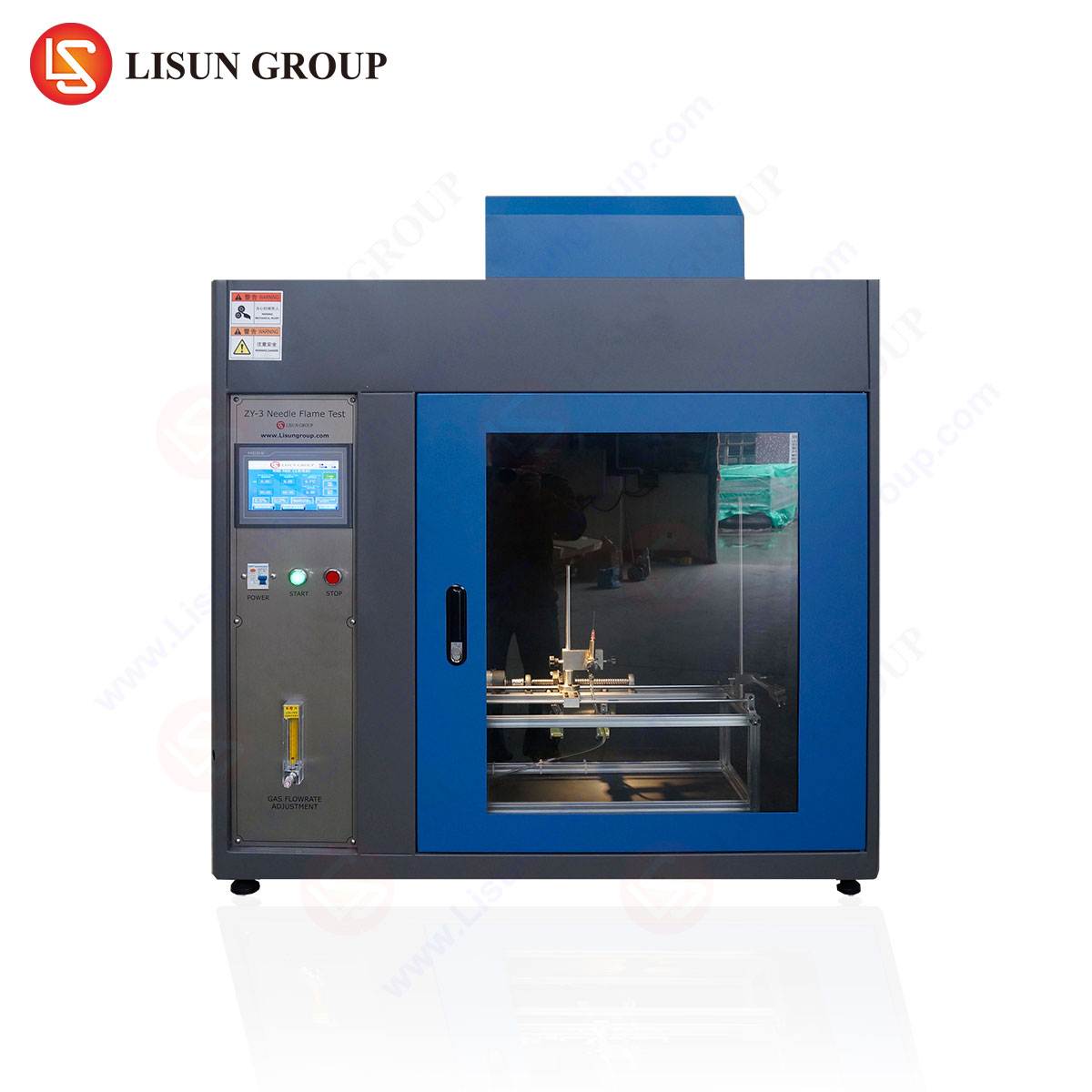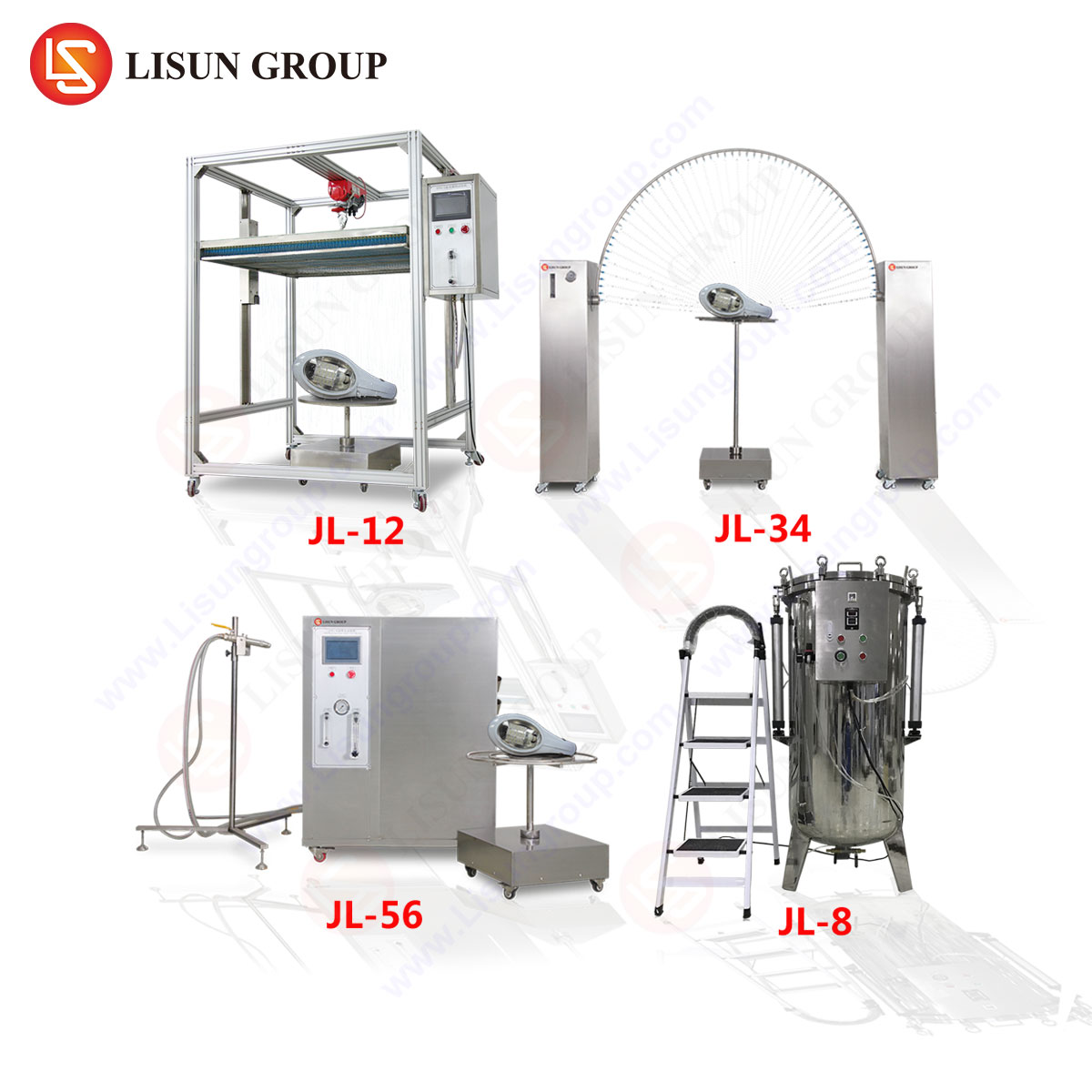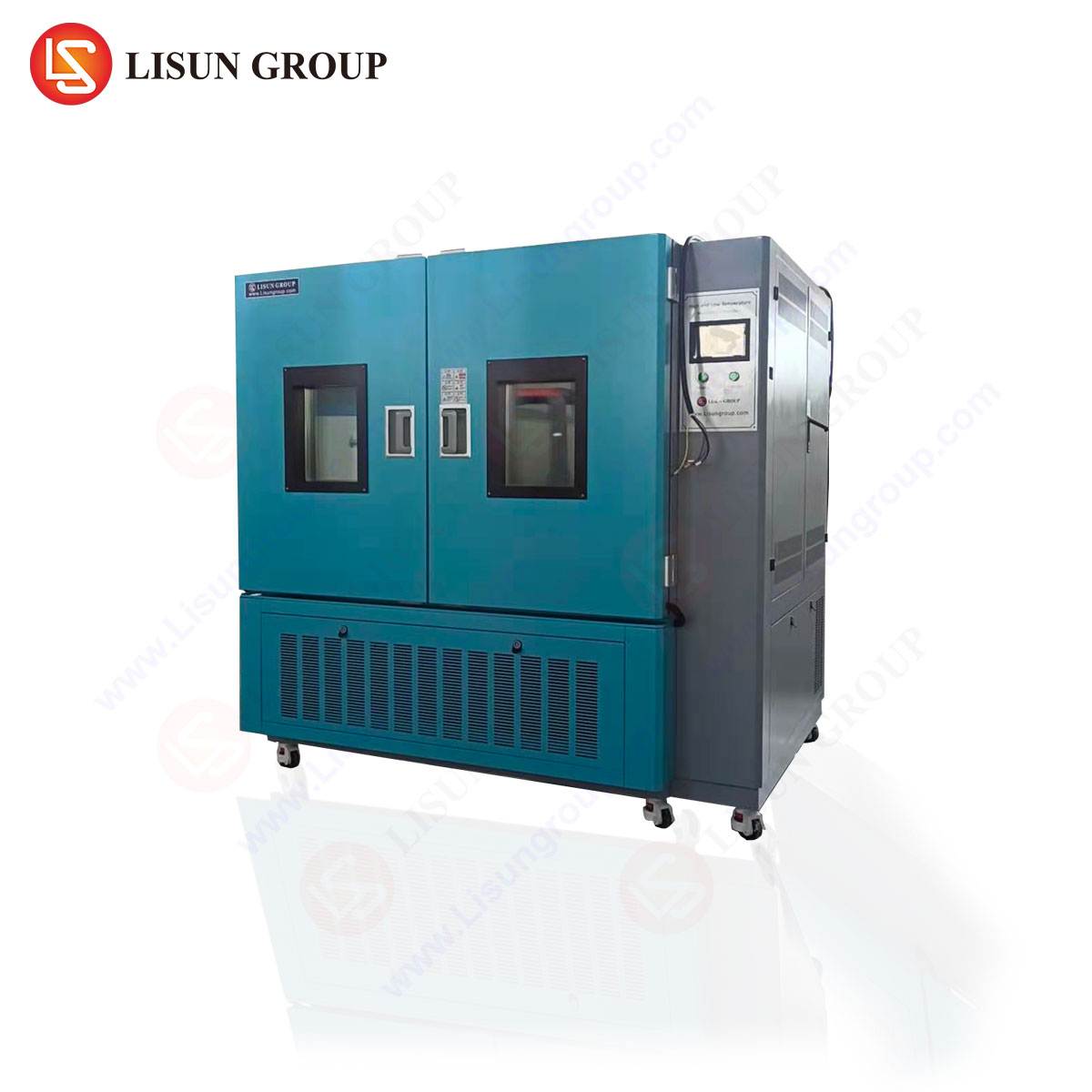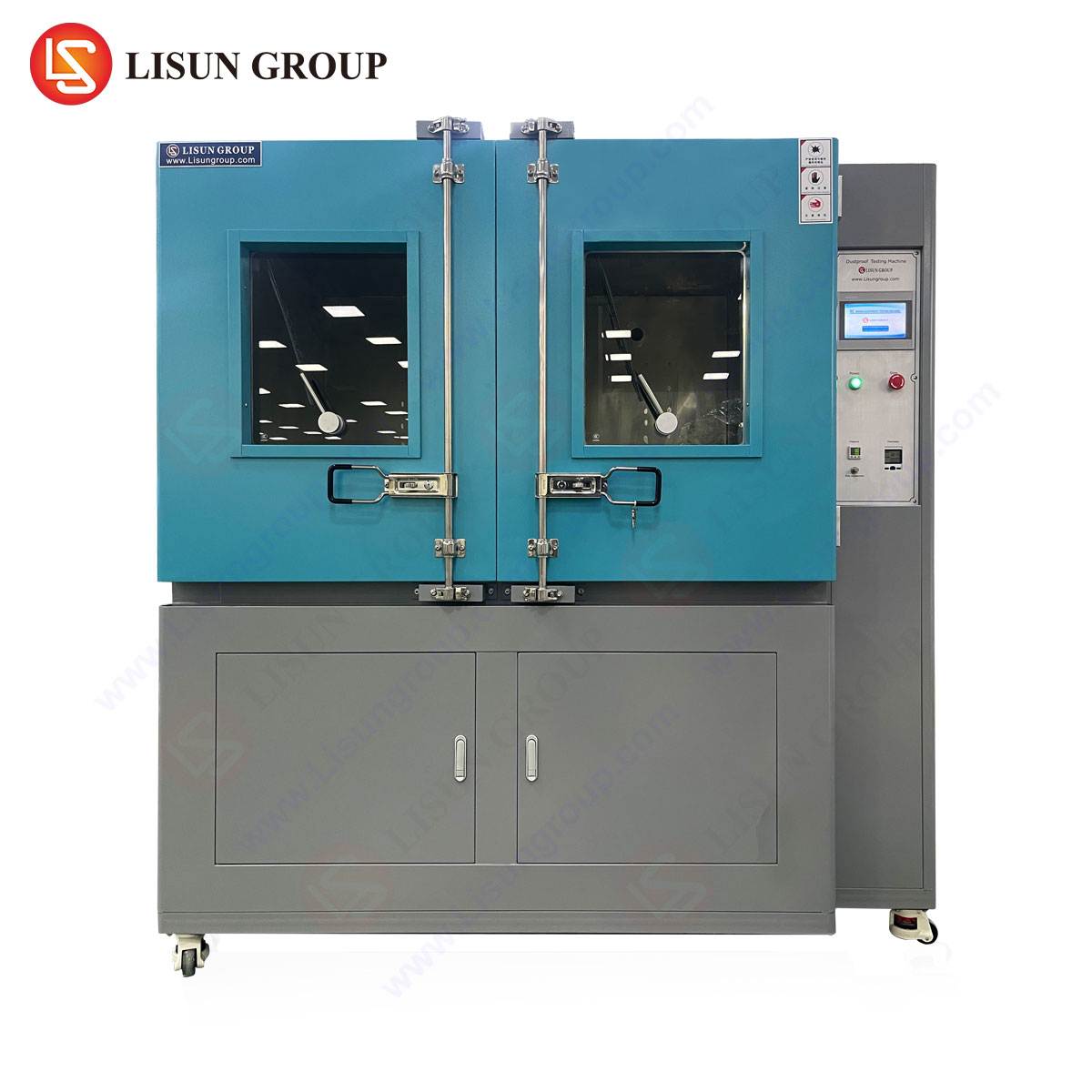Introduction to 5mm Test Rod Standards and Compliance Requirements
The 5mm test rod is a critical tool in electrical safety testing, designed to simulate human interaction with equipment to verify compliance with international standards. These rods assess accessibility to hazardous live parts, ensuring that enclosures, openings, and protective barriers meet stringent safety criteria. Regulatory frameworks such as IEC 61032, UL 60950, and GB 4706 mandate the use of standardized test probes, including the LISUN Test Finger, Test Probe, and Test Pin, to validate product safety across multiple industries.
This article examines the technical specifications, testing methodologies, and industry-specific applications of 5mm test rods, with a focus on the LISUN product line.
Mechanical and Dimensional Specifications of the LISUN 5mm Test Rod
The LISUN 5mm Test Rod adheres to precise geometric and material requirements to ensure repeatable and accurate testing. Key specifications include:
- Diameter: 5mm ±0.05mm (per IEC 61032 Figure 2)
- Material: High-strength stainless steel or insulating polymer, depending on application
- Length: 100mm (standard), with variants available for specialized testing
- Tip Geometry: Hemispherical or conical, depending on test standard requirements
- Force Application: Typically 1N to 30N, adjustable based on test protocol
These parameters ensure the rod can simulate probing actions without deformation, maintaining consistency across multiple test cycles.
Testing Principles and Verification Procedures
The primary function of the 5mm test rod is to evaluate accessibility to hazardous parts in electrical and electronic equipment. Testing involves:
- Accessibility Check: The rod is inserted into openings, joints, and gaps to determine if live parts are reachable.
- Force Application: A calibrated force is applied to assess whether protective barriers withstand probing.
- Dielectric Verification: If contact occurs, supplementary insulation resistance or high-voltage tests may follow.
The LISUN Test Finger, for instance, complies with IEC 61032 Figure 2, ensuring alignment with global safety benchmarks.
Industry-Specific Applications of 5mm Test Rods
Electrical and Electronic Equipment
In power supplies and circuit breakers, the 5mm test rod verifies that ventilation slots or service openings do not permit access to high-voltage components.
Household Appliances
Blenders, microwaves, and washing machines undergo testing to confirm that user-accessible areas remain safe under probing conditions.
Automotive Electronics
Vehicle control units and charging ports are scrutinized to prevent accidental contact with conductive parts.
Lighting Fixtures
LED drivers and luminaires are tested to ensure that wiring compartments resist intrusion.
Medical Devices
Patient-connected equipment, such as monitors and infusion pumps, must prevent access to internal circuitry.
Aerospace and Aviation Components
Cockpit instrumentation and in-flight entertainment systems are evaluated for robustness against mechanical probing.
Comparative Advantages of LISUN Test Probes
The LISUN Test Finger and Test Probe series offer distinct benefits:
- Precision Manufacturing: CNC-machined to eliminate dimensional variance.
- Regulatory Compliance: Meets IEC, UL, EN, and GB standards without modification.
- Durability: Resistant to wear, ensuring long-term accuracy.
- Custom Configurations: Available in varying lengths and tip geometries for specialized applications.
Relevant Standards and Compliance Frameworks
| Standard | Description |
|---|---|
| IEC 61032 | Specifies test probes for protection against electric shock. |
| UL 60950-1 | Safety requirements for IT equipment, referencing probe dimensions. |
| GB 4706.1 | Chinese standard for household appliance safety, incorporating test rod use. |
| EN 60529 (IP Code) | Evaluates enclosure ingress protection, often using 5mm probes. |
FAQ: Common Questions on 5mm Test Rod Usage
Q1: What is the difference between a test finger and a test probe?
A test finger (e.g., LISUN Test Finger) simulates human finger access, while a test probe is a rigid rod for verifying mechanical protection.
Q2: How often should test rods be recalibrated?
Annual recalibration is recommended to maintain dimensional and force application accuracy.
Q3: Can a 5mm test rod be used for IP testing?
Yes, it is commonly employed in IP3X and IP4X ingress protection assessments.
Q4: Are polymer test rods suitable for high-voltage applications?
Insulating polymer variants are preferred where dielectric properties are critical.
Q5: What industries require 5mm test rod compliance?
Electrical, medical, automotive, and consumer electronics sectors mandate adherence to probe testing standards.







